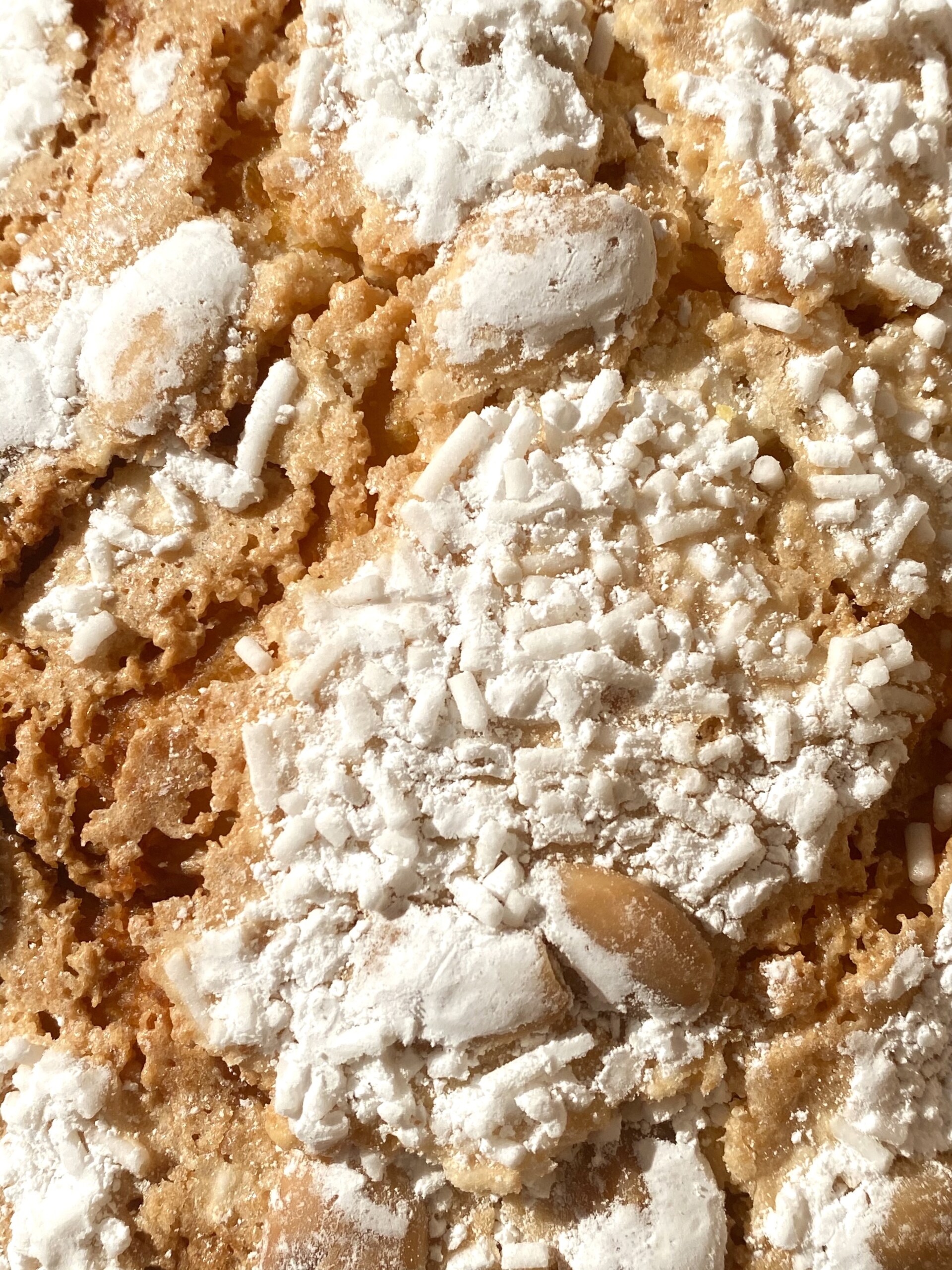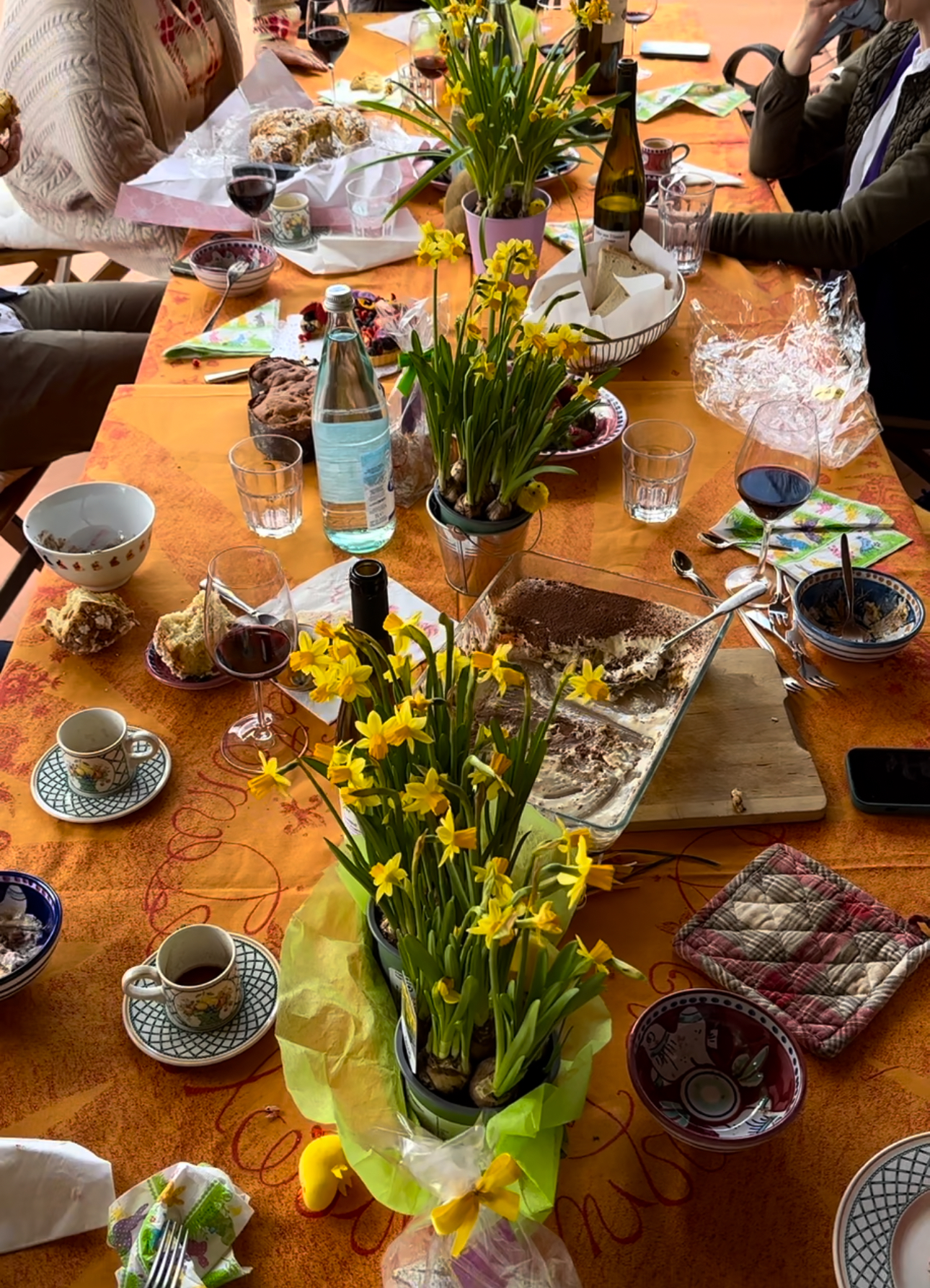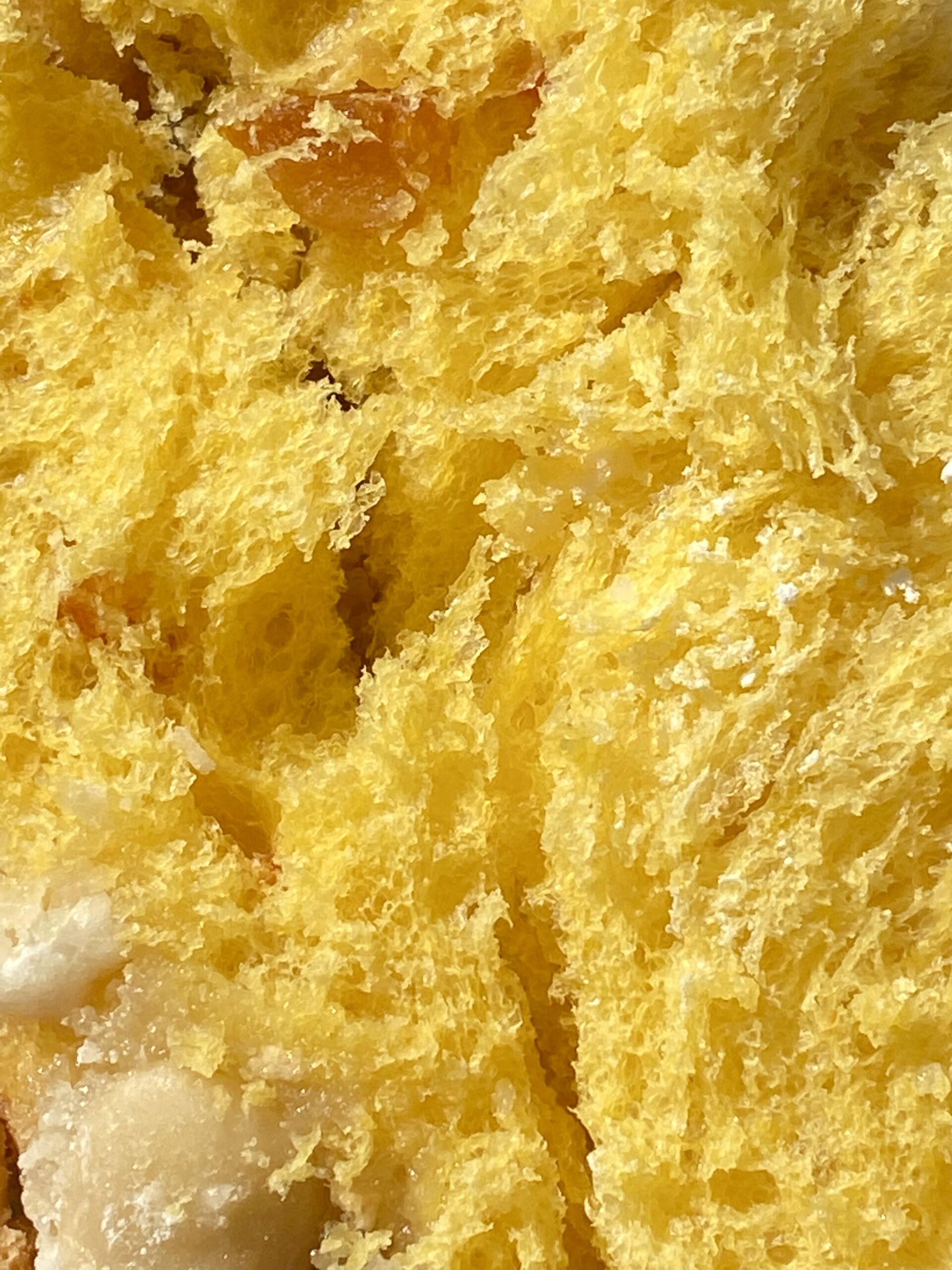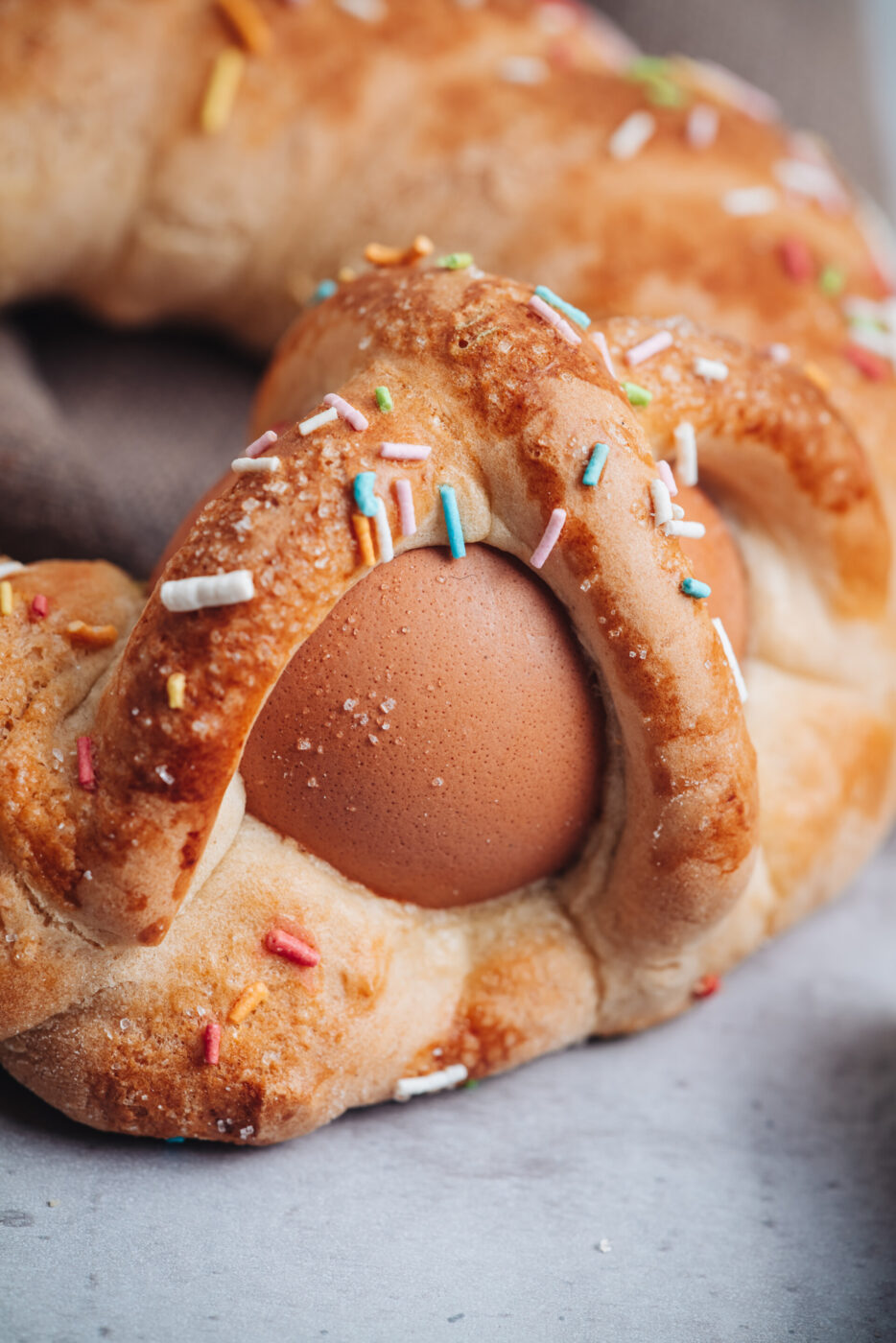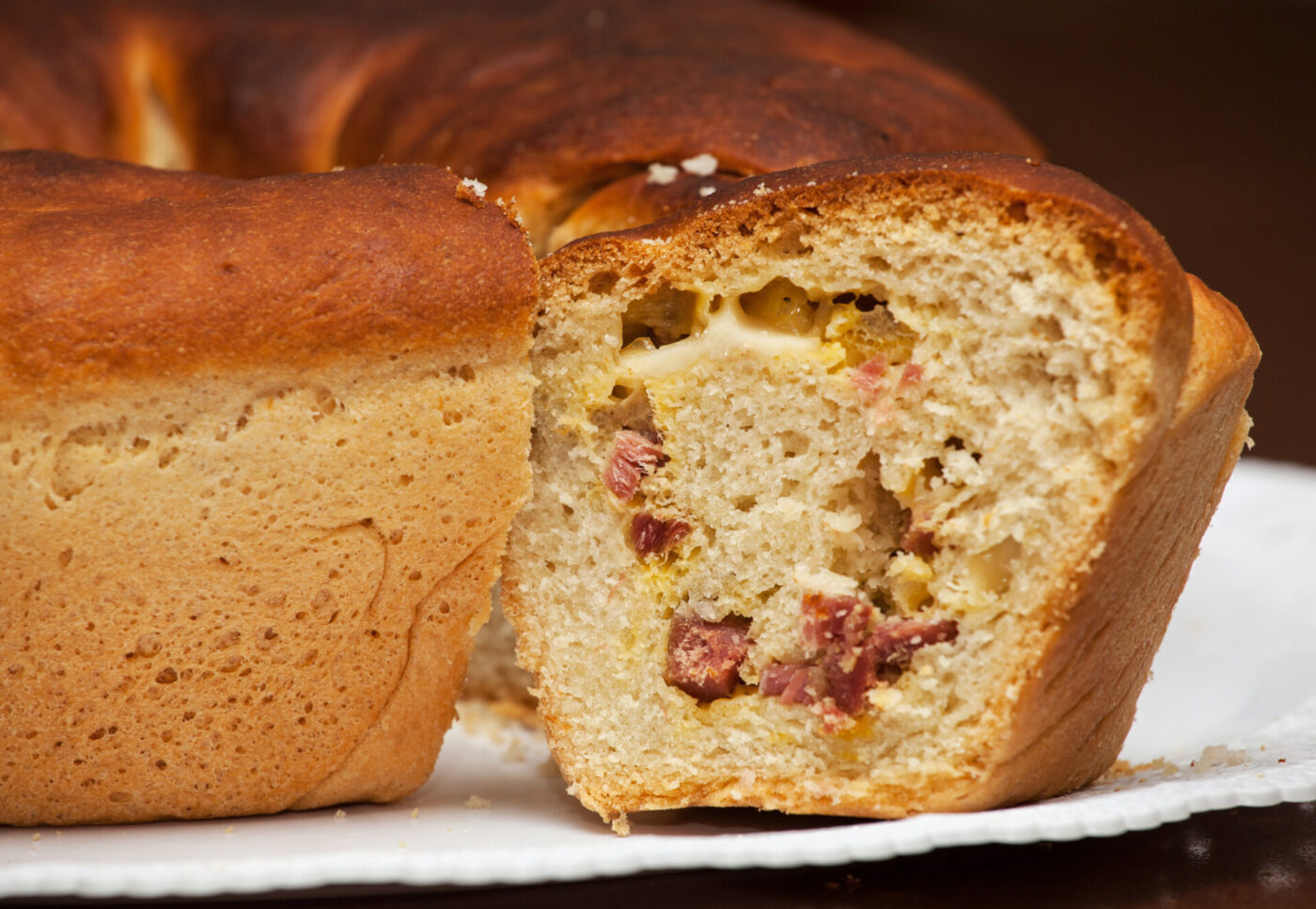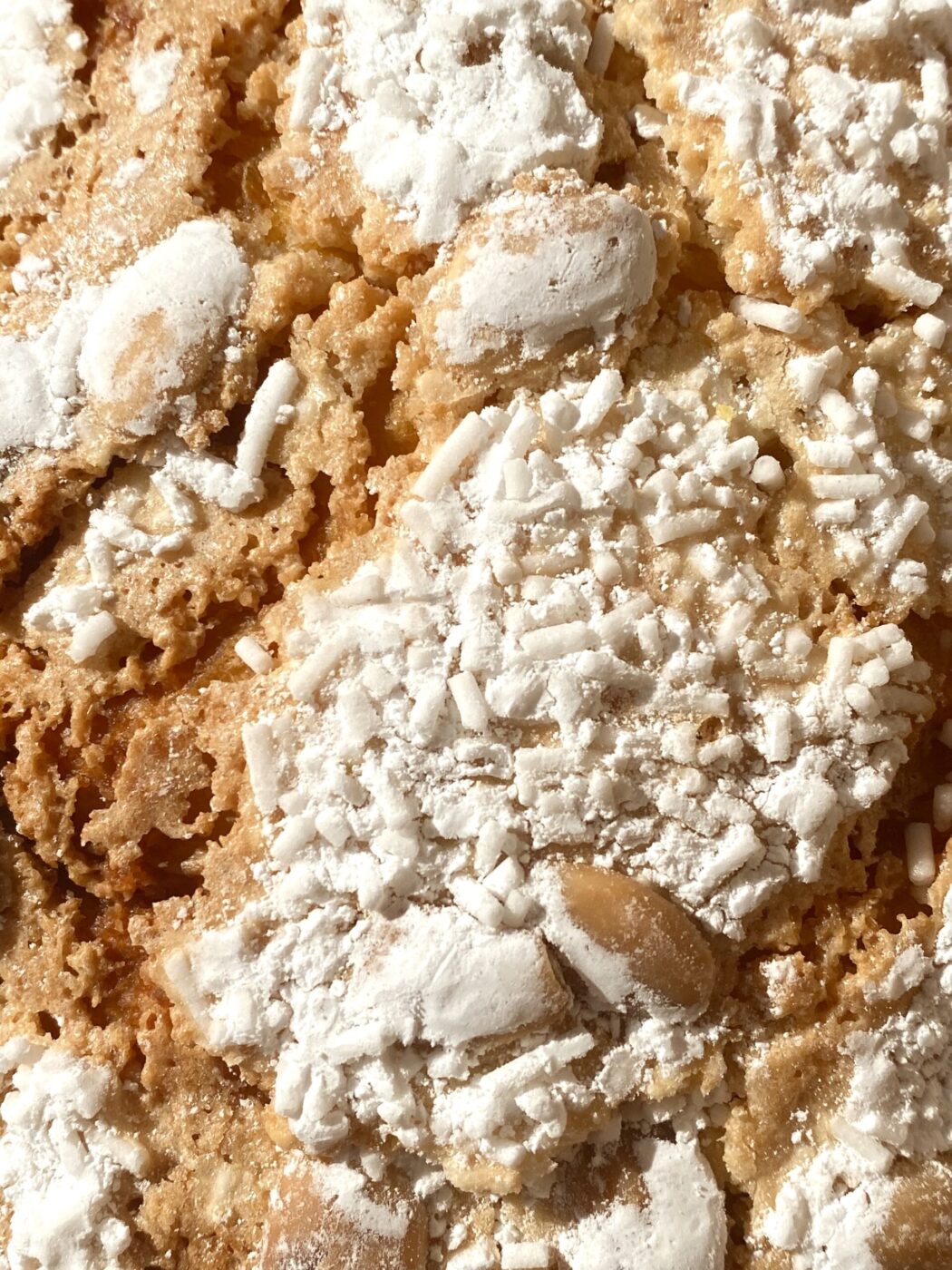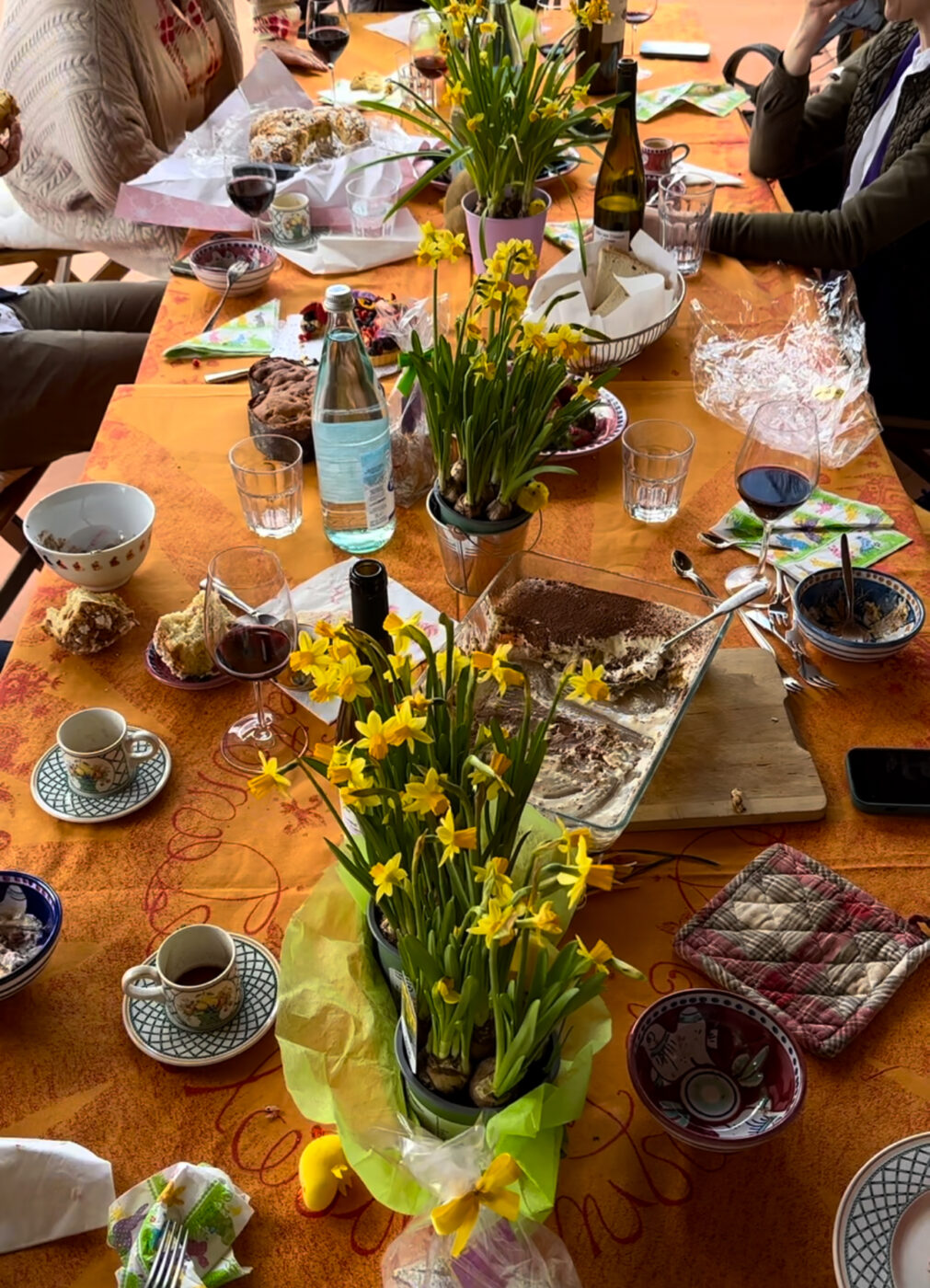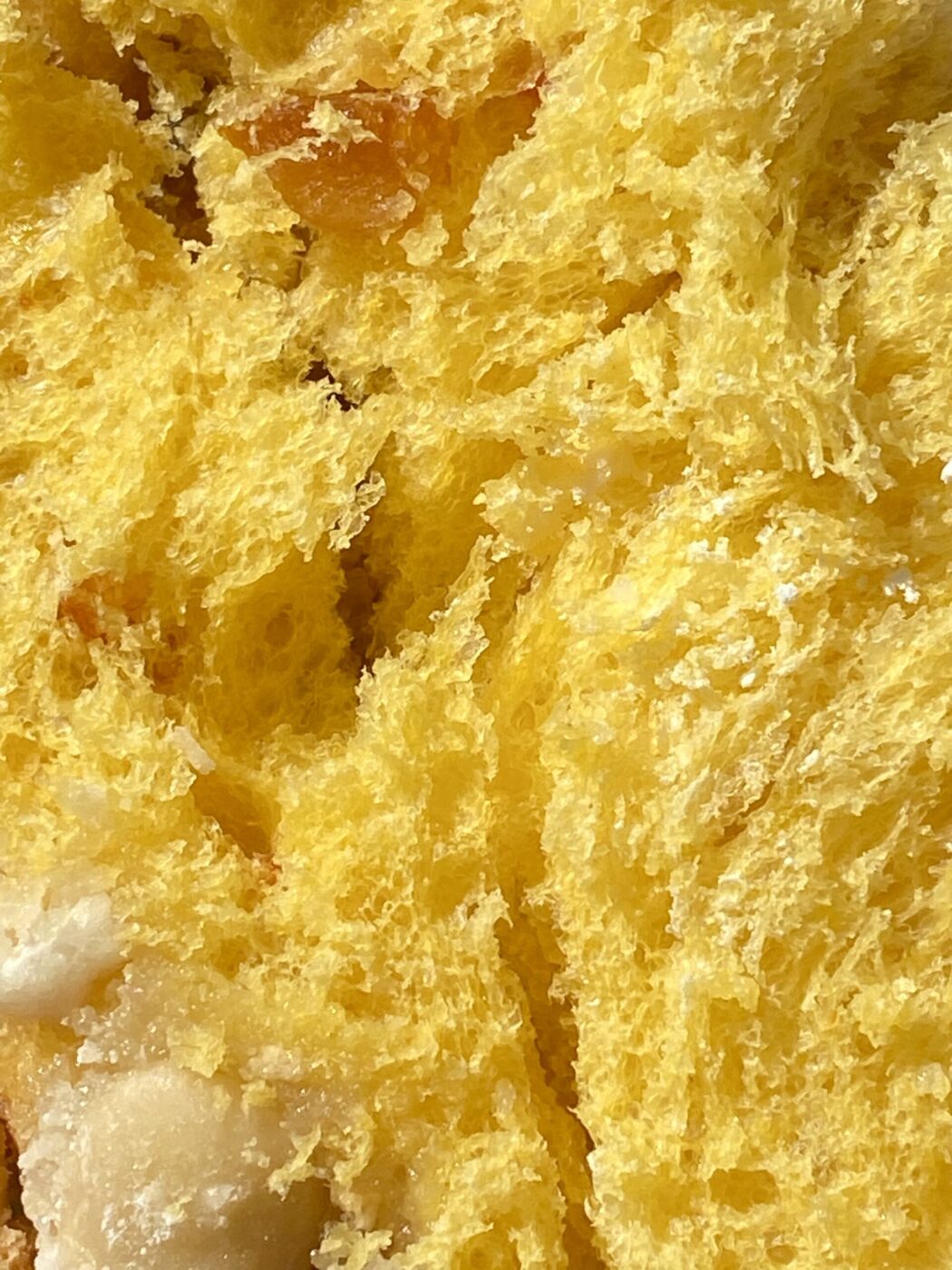If you’ve had the chance to spend Easter in Italy, you’ll know that settimana santa (holy week) is taken seriously. The religious holiday is marked up and down the country with street processions and devotional ceremonies in the lead-up to Easter Sunday, or Domenica della Resurrezione. Given Italy’s mania for all things food, it comes as no surprise that Easter makes for feasting. Much like in other European countries, lamb is a classic, and you may have had the chance to try the Colomba di Pasqua, a dove-shaped sweet bread that is Easter’s counterpart to the panettone. Yet this is a mere fraction of the wealth of Easter food Italy has to offer, and as we know, traditions vary from region to region. What is dished up on Pasqua in Piedmont is not the same as what they dig into in Campania. Amidst the better-known Easter Sunday classics, different regions let their individuality shine through with culinary creations that even the avid Italophile may not have heard of.
Liguria and Lombardy
Kicking off the festivities is the torta Pasqualina from Liguria, admittedly the most widely known of the list given its now-nationwide popularity. The Easter pie is made with vegetables like spinach, chard, or artichokes combined with beaten eggs and prescinsêua, a variety of cheese typical of Genova, before being baked in pastry. The pie derives from a recipe concocted in the beginning of the 1800s, and was traditionally made with 33 sheets of pastry dough, one for each year of Christ’s life. Raw eggs are sometimes placed in the filling before baking, making for a festive burst of color when the pie is cut open. Speaking of eggs, just next door in the region of Lombardy, a number of independent dairy producers have flipped the tradition of the “easter egg” on its head, creating the “uova di capra”, an egg-shaped cheese made of goat’s milk robiola. Cut the egg open to see its “yolk”, the robiola center delicately stained yellow with saffron.
Friuli-Venezia Giulia
If you’re feeling sweet treat more than savory, head to Friuli-Venezia Giulia, where the Easter meal ends with gubana, a snail-shaped cake that is half brioche, half strudel, and filled with a mix of walnuts, raisins, pine nuts, lemon, and vanilla; tradition dictates dousing your wedge in grappa before eating. The alpine region’s Austro-Hungarian roots are revealed in the cake’s name, which is thought to come from the Slovenian word “guba” meaning “to fold.” Also typical of the region’s Easter delicacies is the pinza Triestina, a sweet bread from Trieste made with eggs, flour, butter, and sugar. It is eaten on Easter morning with cured hams, and so closely associated is the treat to the festivities that “Bona Pasqua, bona pinza” is the region’s traditional Easter greeting.

Gubana Cake from Friuli-Venezia Giulia
Abruzzo
Abruzzo starts the festivities early with the sdijuno, an Abruzzese Easter breakfast that marks the end of the two day period of fast after Good Friday and Holy Saturday. The breakfast promises a plate of mazzarelle, rolls of lamb entrails wrapped in endive leaves and tied with more entrails. Another constant are the fiadoni, pastry parcels that resemble a kind of oversized ravioli, made from a dough containing flour, eggs, oil, and wine. The filling varies–each family has their own personalized touch, but typically the dough is stuffed with eggs and hard cheese before being baked, although some versions contain chopped ham or salami. They are thought to date back to the Renaissance period and are traditionally exchanged between families as a gift. These dishes jostle alongside a selection of cheese and hams, boiled eggs, a mint omelet–and the hefty breakfast is washed down with red wine.
Sardinia
Much further South, in Sardinia, find the Easter table brandishing pardulàs Sardi, a type of Sardinian Easter cake made with sheep’s milk ricotta, saffron, and lemon zest. Pinched sweetly into a star shape, the tartlets also known as formaggelle are typically served hot with honey. The saffron turns the creamy mix yellow, which combined with the distinctive shape makes for a sunny addition to the Easter plate. Ricotta is a recurring theme across Southern Italian Easter dishes, thought to be a nod to traditional offerings of milk and honey found in early Christian ceremonies. (On a more morbid note, it is also a by-product of the slaughter of lambs that leaves mothers with an excess of milk.) A savory twist on the pardulàs are popular too, and come filled with pecorino cheese and aromatic herbs.
Puglia
A hop across the sea back to the mainland takes you to Puglia, where la scarcella (also known as scarcedda, carrucolo, and scarcedd) plays a central role in Pugliese Easter festivities. The post-lunch sweet stems from a longstanding tradition of dolce poveri, where simple ingredients promise symbolic effect. It is made of shortcrust pastry that can take various forms, ranging from doves to rabbits to wreaths. Consistent however is the hard-boiled egg placed on top and caged by two strips of crossed pastry dough that attach it to the cake beneath. The name of the sweet is revelatory of its profound symbolism: the egg is “scarcellato” (“unwrapped”) from its doughy cage in an act that represents Christ’s resurrection and liberation from original sin.
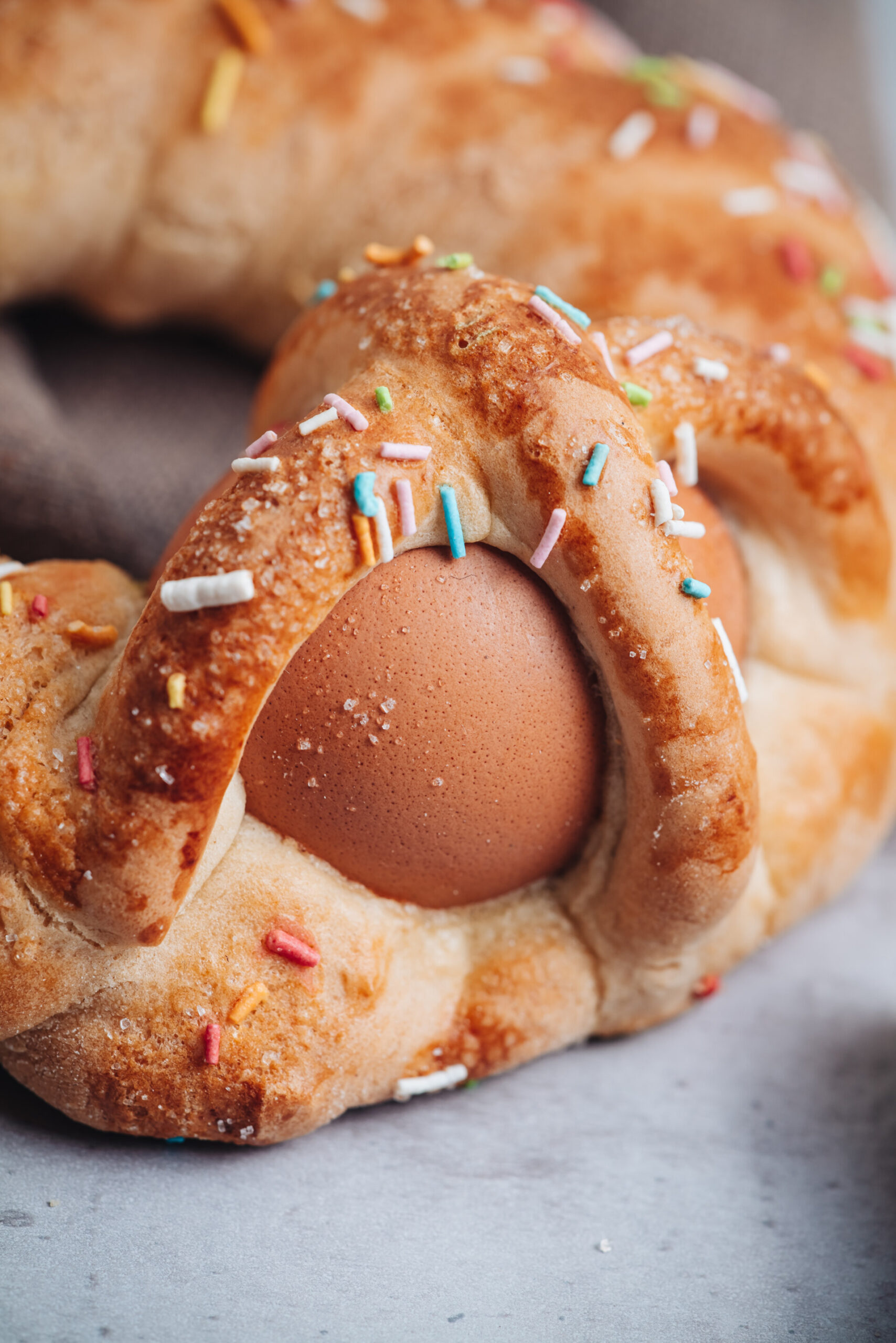
The Scarcella bread from Puglia
Campania
Similarly symbolic is Campania’s casatiello, a ring-shaped bread made with lard, pork cracklings, pancetta, and provolone cheese. The dish dates back to at least 1600, when it was mentioned in a fable by Neapolitan poet Giambattista Basile alongside another iconic Campanian Easter dish, the pastiera. Like la scarcella, eggs are nestled within the dough, and the ring shape of the bread is meant to represent both the cyclical nature of the Easter resurrection, and Christ’s crown of thorns. The time it takes to prepare (the dough is typically left to rise for at least 12 hours) means that the Neapolitan speciality is usually prepared on Good Friday, and baked the following day in preparation for Easter Sunday. If any is left over, tradition dictates the bread being used as packed lunch for the trips out of town (gite fuori porta) that take place on Easter Monday, Pasquetta. The heaviness of the dish has led to the Neapolitan expression “Sí proprio ‘nu casatiéllo” (“you are really a castiello”), used to label someone boring or glum.
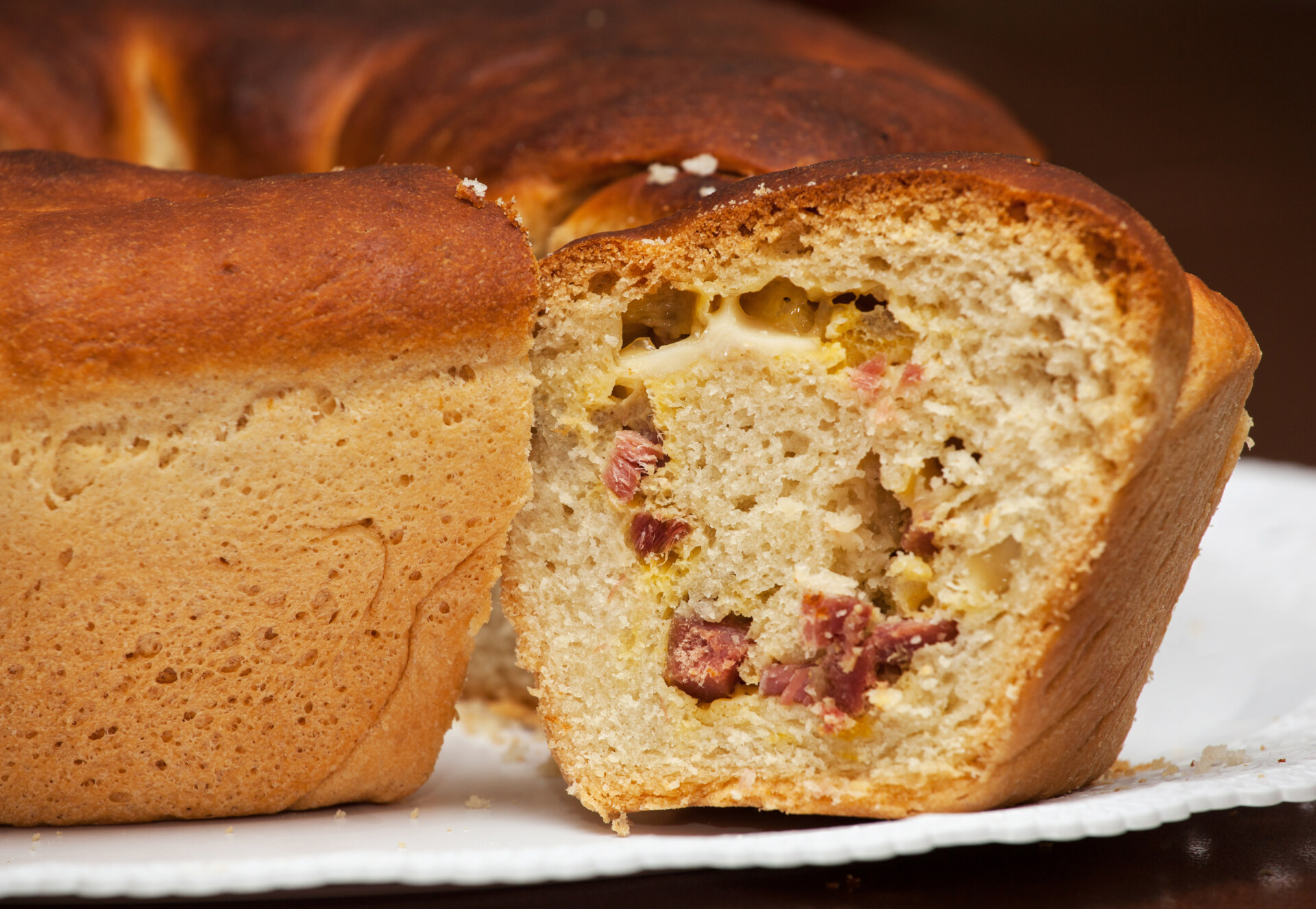
Casatiello from Campania with salami and cheese
Sicily
Sicily is home to a whole host of typical Easter dishes that vary across the island, but my favorite might be the pecorella Pasquale, the Easter lamb. Contrary to what you might expect, this lamb is actually made out of marzipan, and plays an important role in Sicily’s pastry tradition. The legend goes that the pecorella was first made by nuns in the southwestern town of Favara in the 19th century, although some date the dolce as far back as the 11th century. This version of the sweet comes filled with a mildly salty pistachio paste, and is the most famous of the pecorelle, but each area has its own take on the Easter delicacy. Agrigento typically decorates the body of the lamb with a fondant icing, leaving just its head and neck bare in the velata (veiled) technique. In Messina, the lamb is adorned with black and white spots. In the Trapanese area they come filled with citron conserve, while in Palermo they are made of plain marzipan. Despite these regional discrepancies, some things feature consistently: the lamb is made with a mold that is passed down within families over generations, and the figurine is accompanied by a red banner that symbolizes Christ’s victory over death. It’s hand painted according to the whims of its maker and is carefully placed on top of an oval of gold cardboard, or inside a basket that has been decorated to look like a pasture.
_____________________________________
An Italian Easter promises as many flavors as there are regions, and then some. Across the country, Easter Sunday is baked, stirred, and seasoned to local taste, and with such a staggering range of delicacies to mark the day (of which I have only scratched the surface), it’s no wonder that Italians have coined the expression “essere felice come una Pasqua” (“to be as happy as Easter”).
